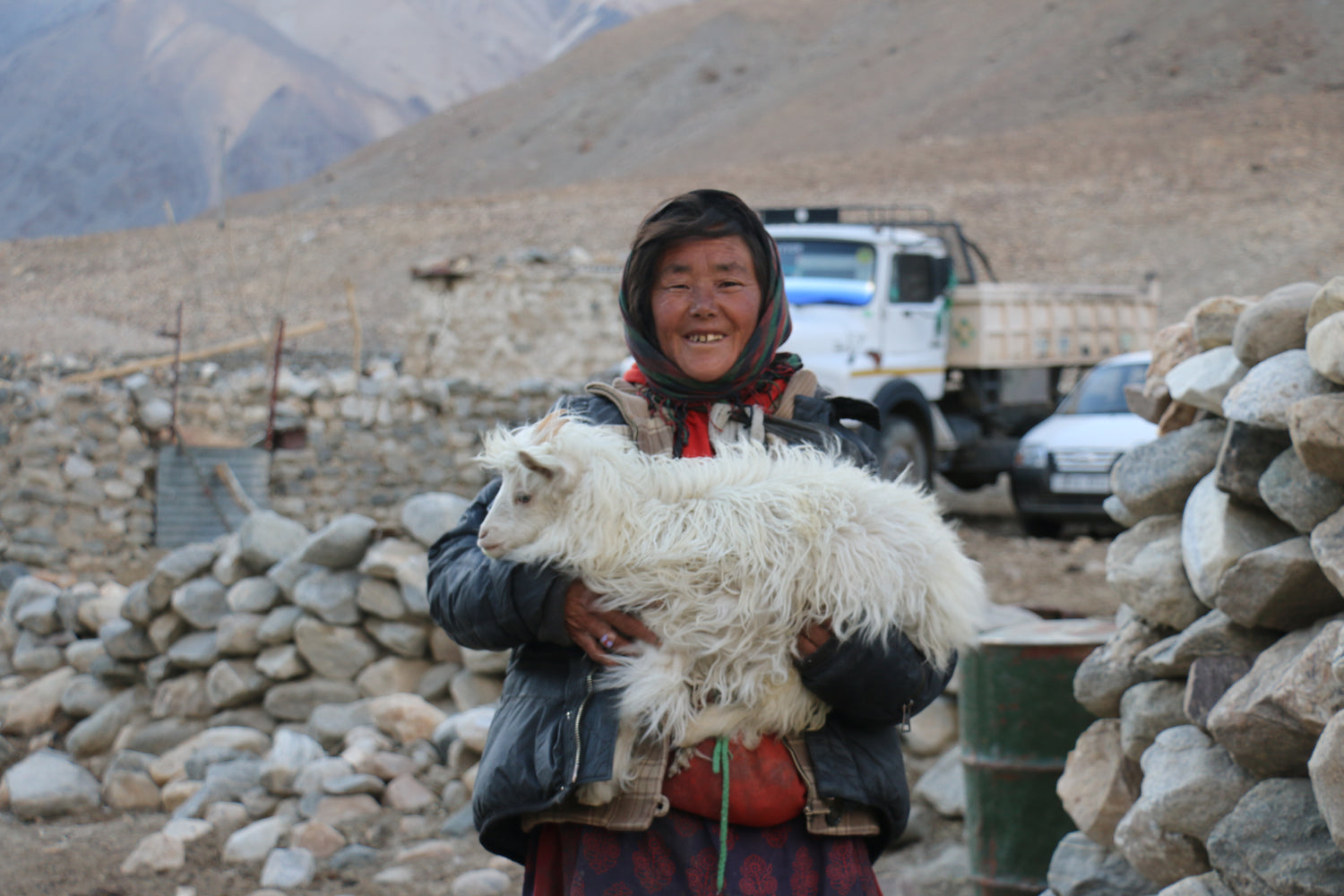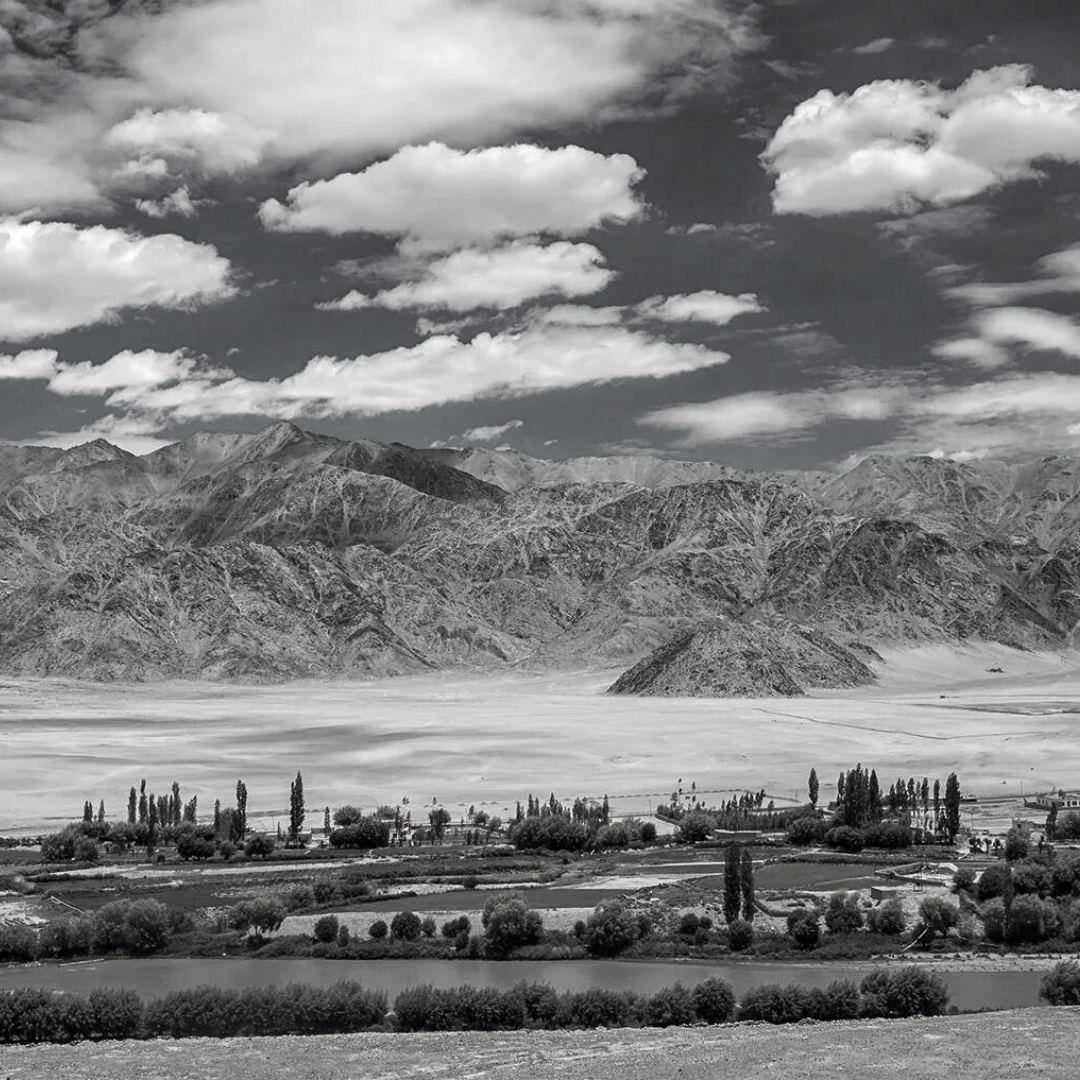
The Graceful Landscapes of Ladakh
Ladakh's remote and icy Changtang region is situated at an astonishing altitude of 15,000 feet above sea level. Amidst the alluring Himalayas lies a hidden treasure: a breed of goat yielding the most exquisite Cashmere wool.
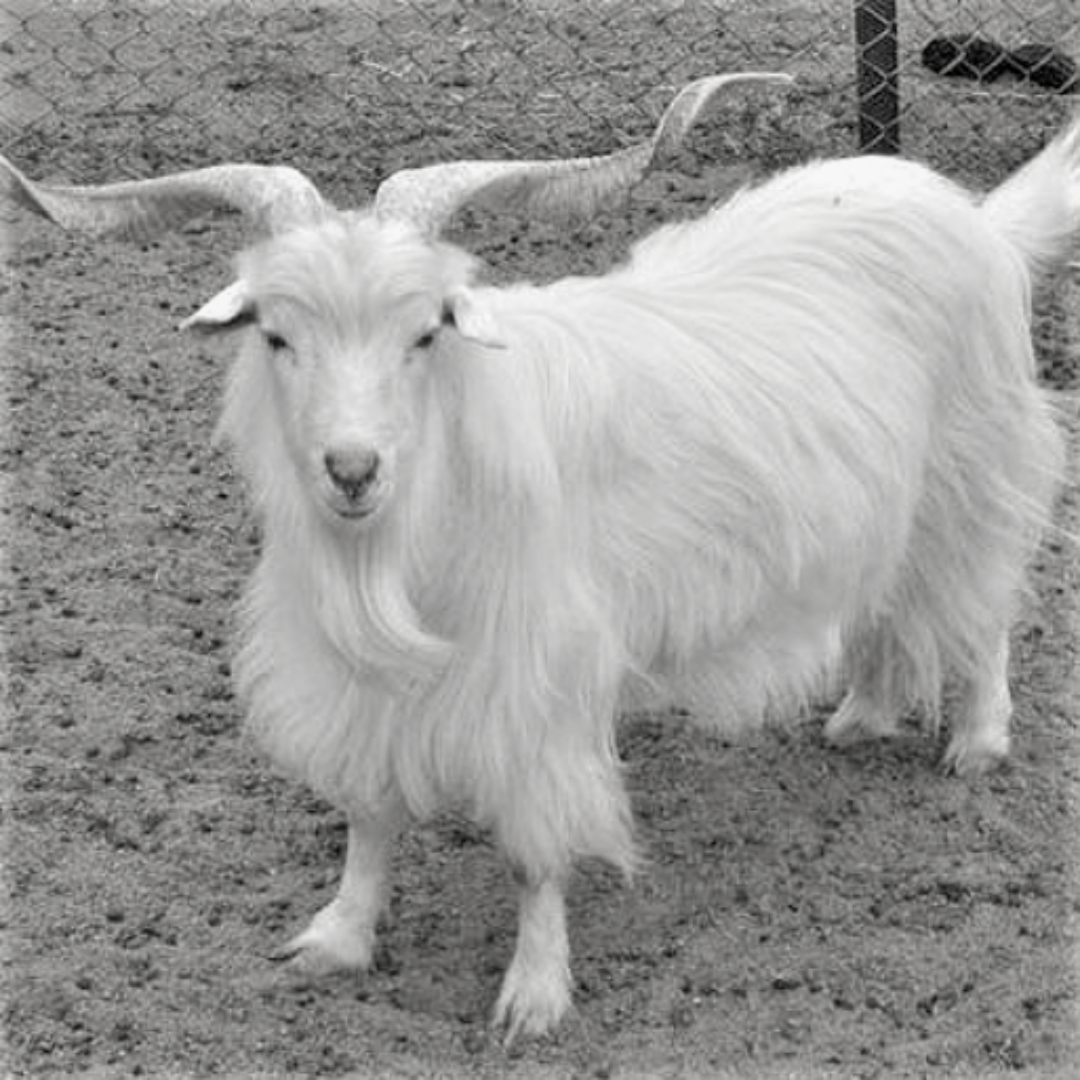
An Exotic Breed- Changthangi Goats
An exotic breed from the Changtang area of Ladakh, the Changthangi Goat is known for its ability to naturally shed the most finest wool. This wool undergoes labor-intensive processing to create the luxurious Cashmeres, fetching significant value worldwide.
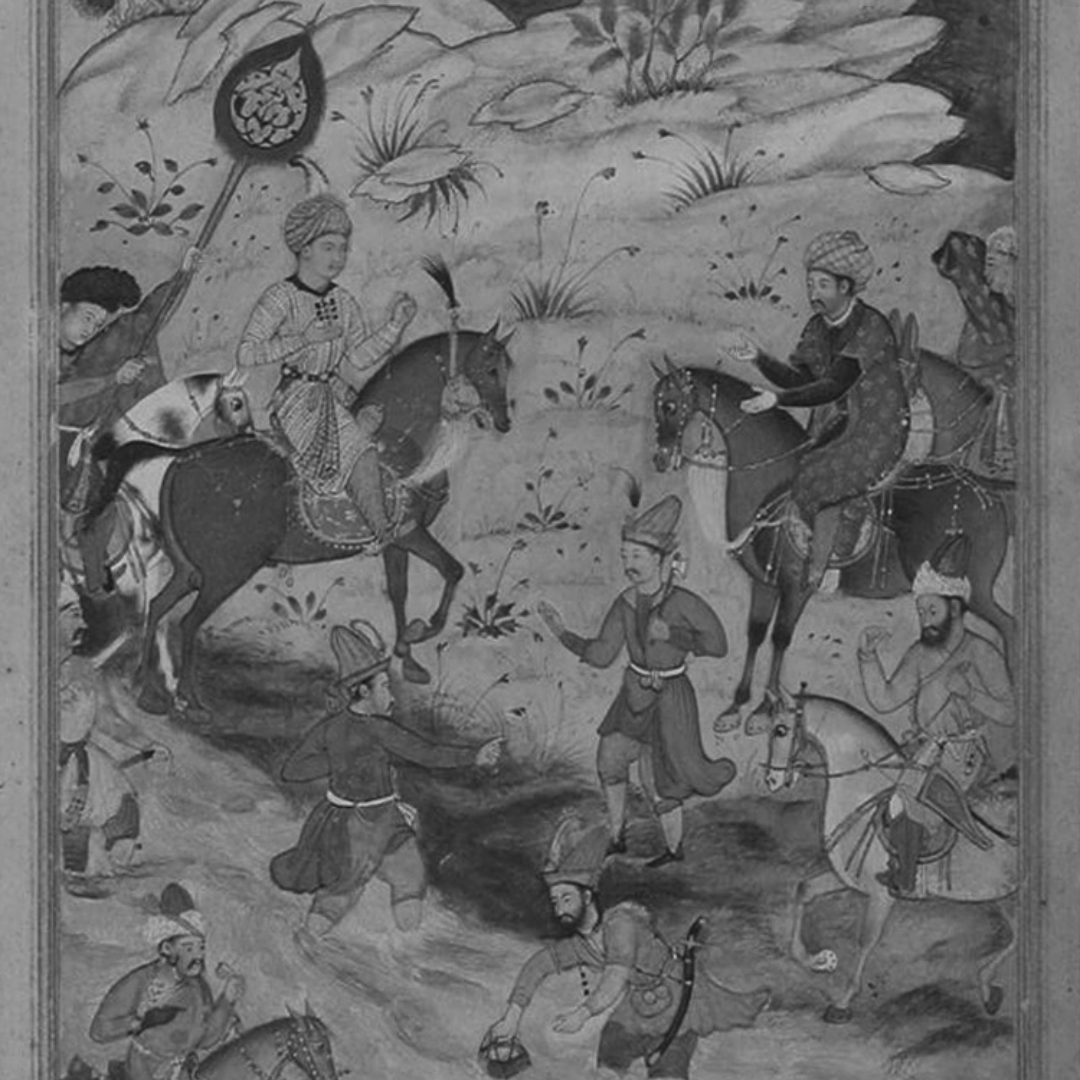
The Discovery
The timeless legacy of Pashmina began when the great Sufi Muslim saint, Mir Ali Hamadani, set out on an exploration of Ladakh and unearthed the wool produced by Changthangi goats. He suggested the idea of weaving shawls to the then reigning monarch of Kashmir, Sultan Kutabdin.
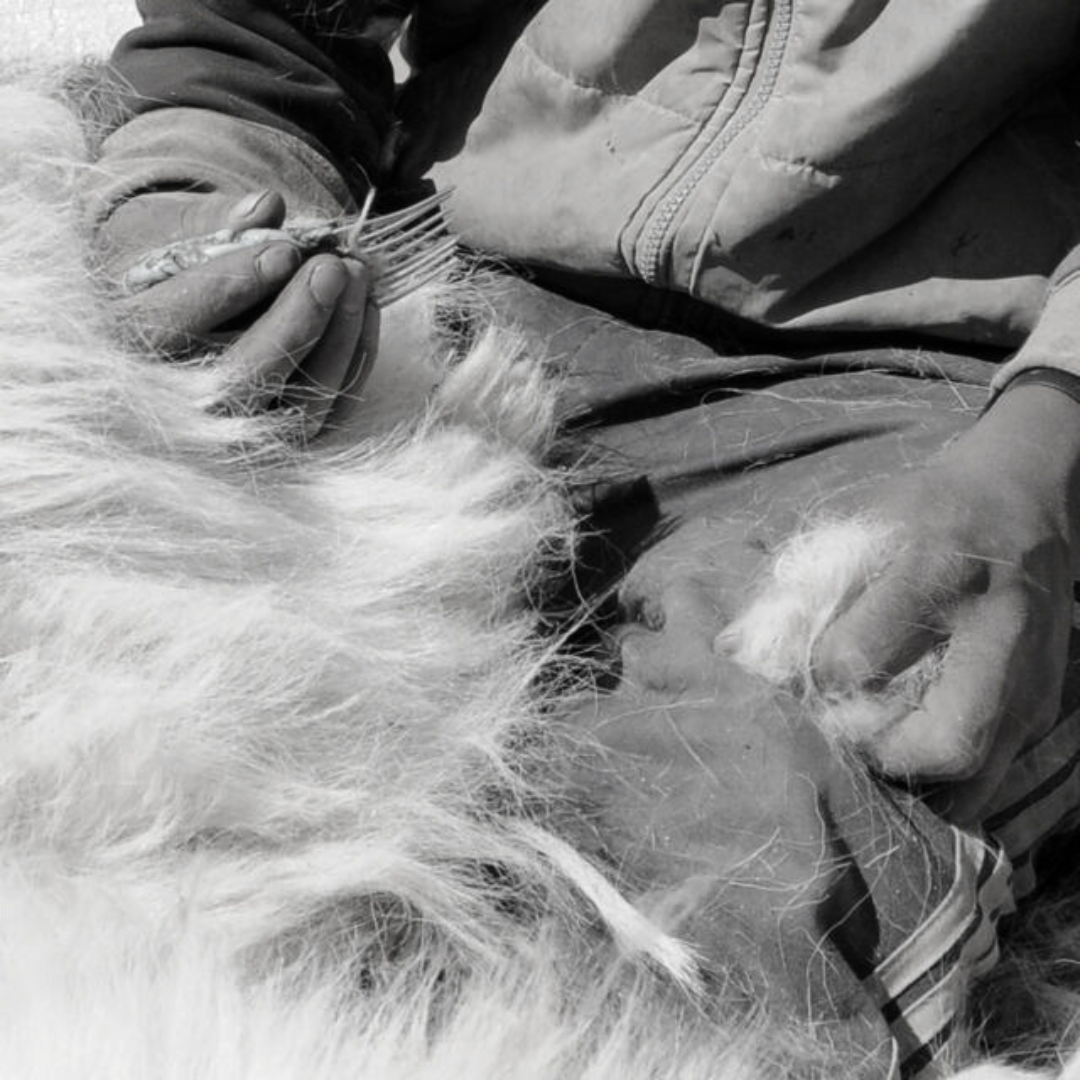
A Tale of Shedding
Beauty emerges as spring arrives. Changthangi Goats tenderly rub against rocks and shrubs, naturally shedding their short-haired fleece.The wool is then gathered and processed to fashion an opulent range of Cashmere wraps.
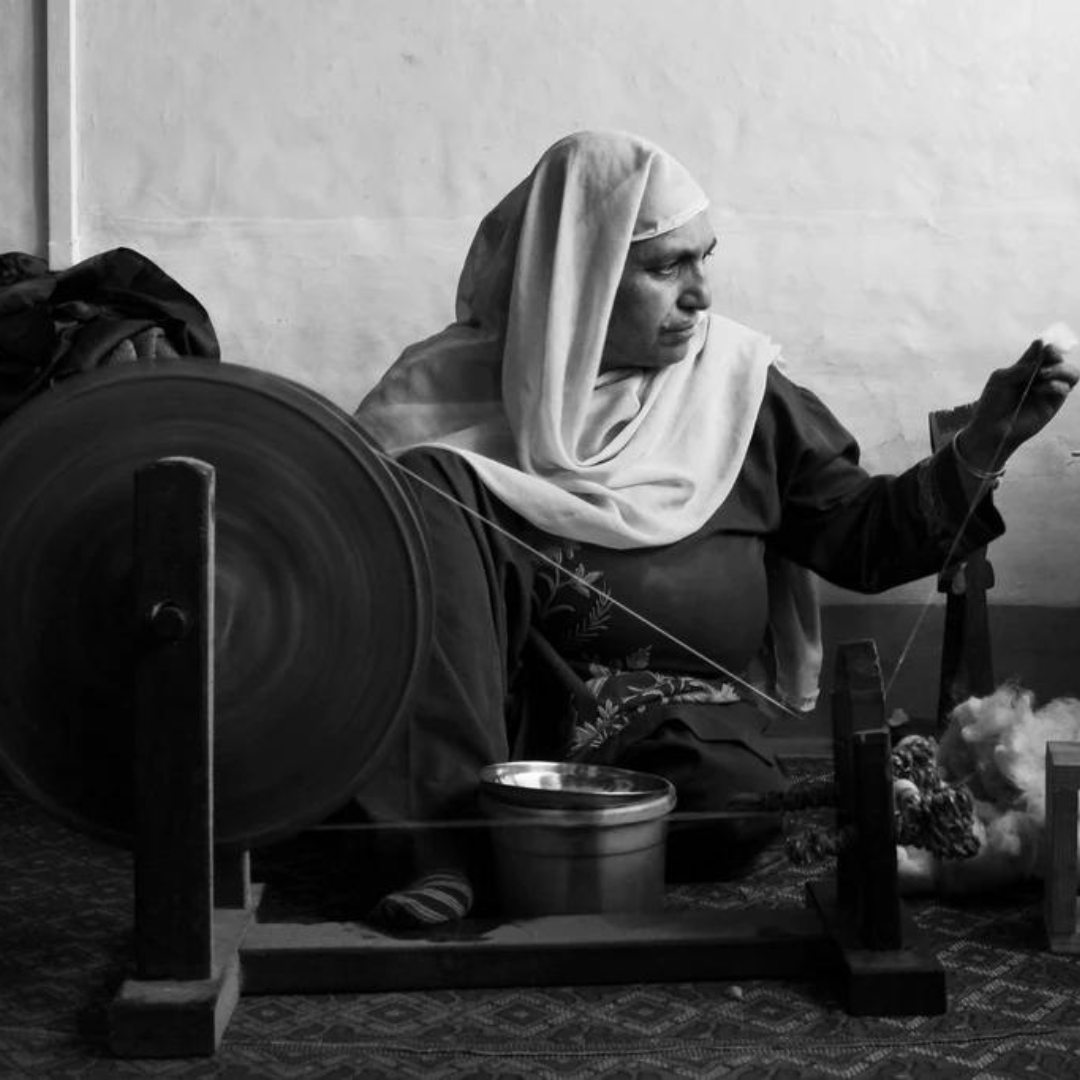
The Art of Pashm
The wool, gathered into small balls, undergoes the spinning process. A traditional spinning wheel, locally referred to as 'Yender,' plays a significant role in making the exquisite and delicate Pashm threads.
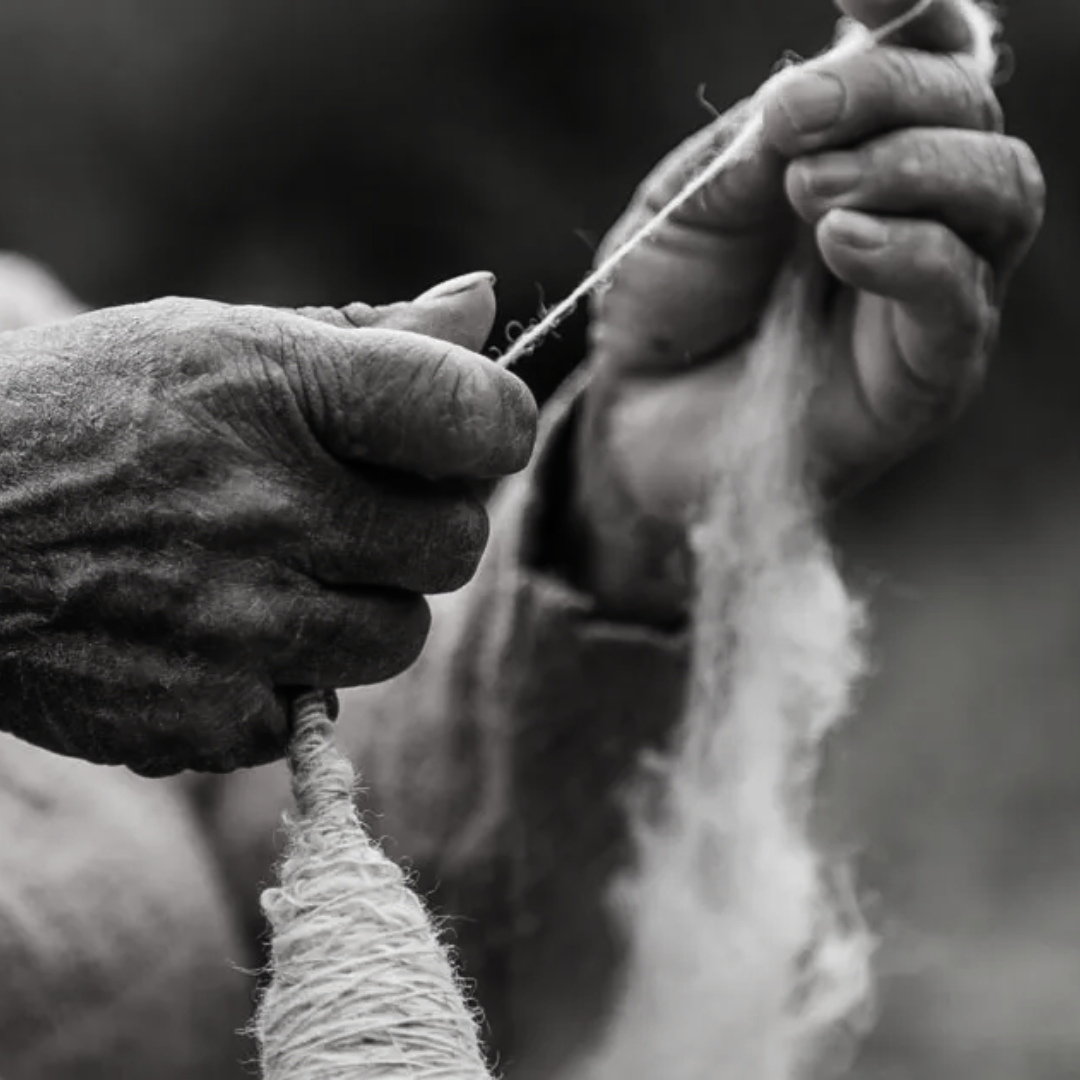
A Yarn for Timeless Creation
"Tulun" is the post-spinning stage, where the yarn is submerged in rice water, referred to as "Maaye," to enhance its durability. The treated yarn undergoes drying before being wound onto traditional wooden spindles called "Prech" in the native Kashmiri language.
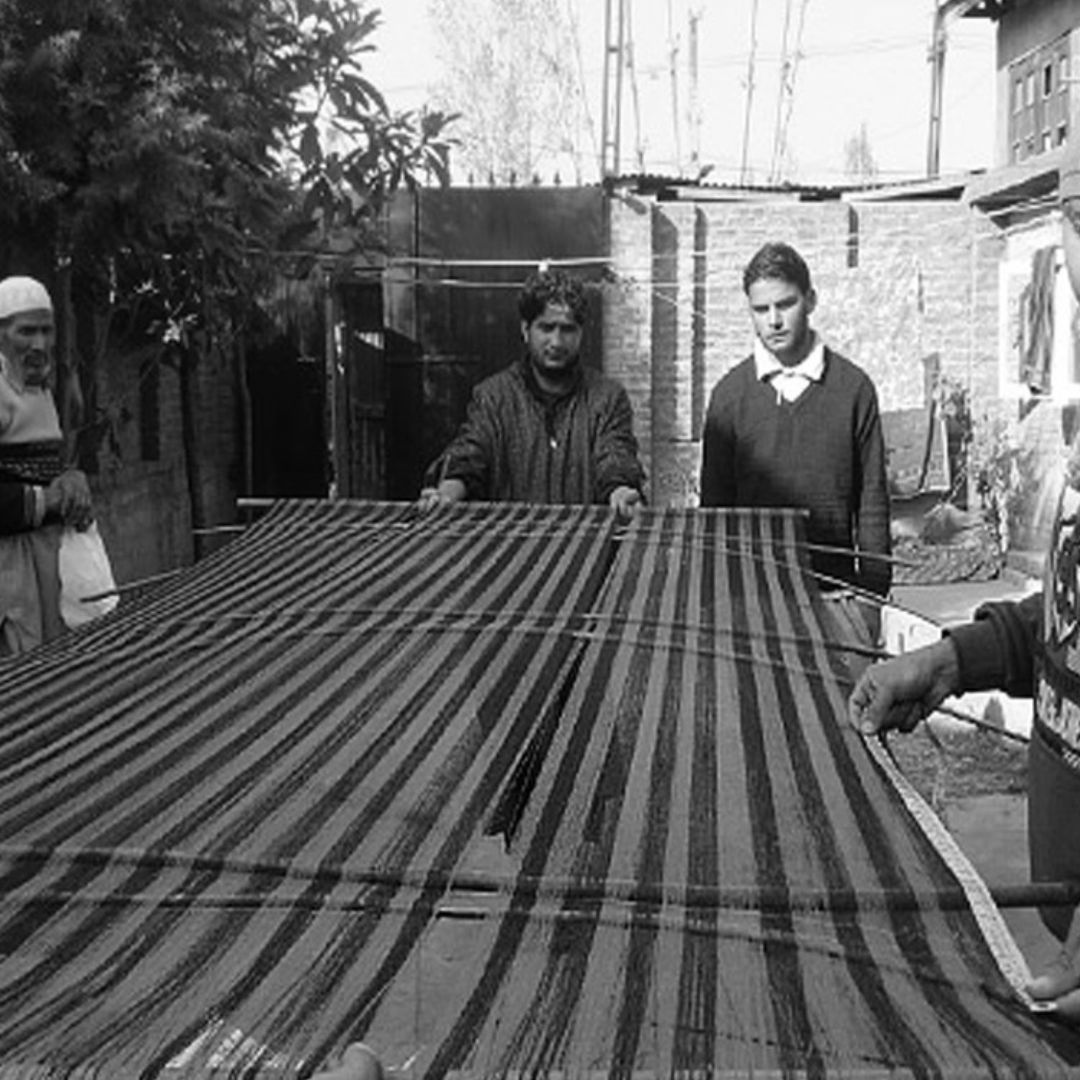
The Craft of 'Yarun' and 'Bharun'
Pashmina yarn is wound around iron rods in a process called 'Yarun.' The wrap then undergoes dressing, known as 'Bharun,' overseen by a craftsman called the 'Bharungur' or 'Wrap-Dresser.' This process entails stretching and securing the yarn within the loom called 'saaz'.
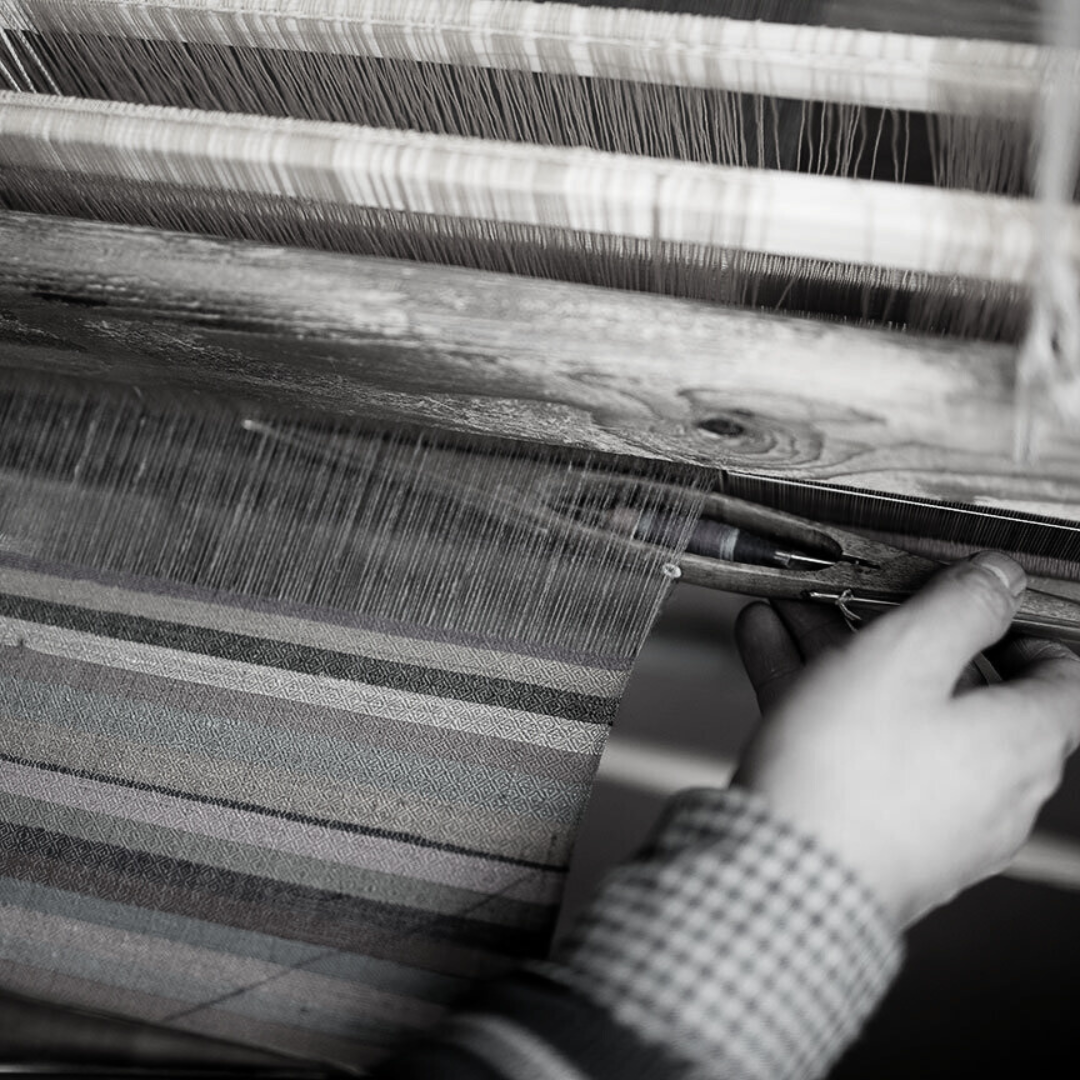
The Fine Art of Hand-loom Weaving
The yarn is wound onto a small flange bobbin using a Parota. The weaver applies Saresh adhesive to the yarn in hank form, enhancing its durability and weavability. Finally, the yarn is mounted onto a handloom, where craftsmen known locally as 'Wovur' transform it into various luxurious wraps.

The Dyer's Craft
The woven wraps are entrusted to a skilled artisan known as the 'Rangur.' Recognizing the inherent richness of the fabric, he expertly blends a range of natural dyes in precise proportions, yielding a breathtaking array of vibrant hues, enhancing its beauty manifold.


